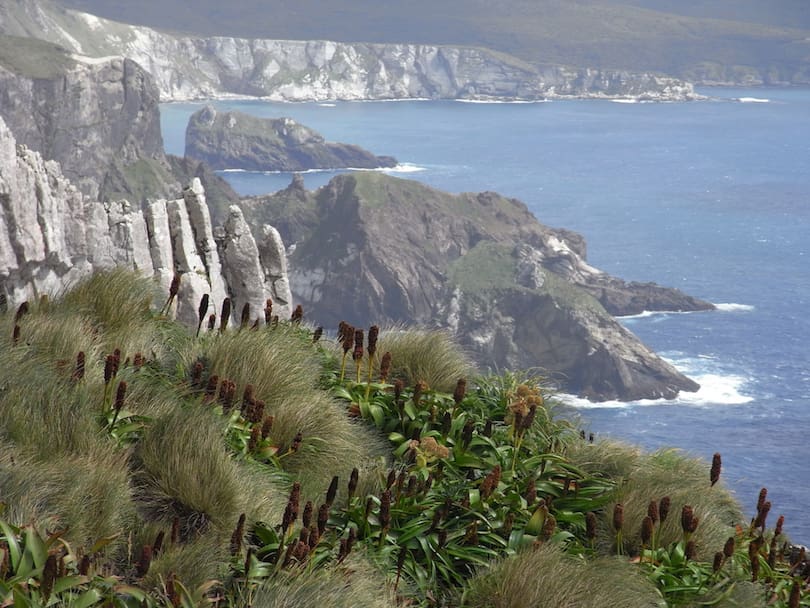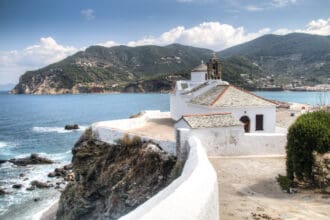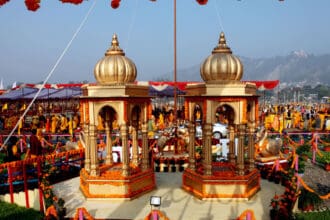Jantar Mantar, an astronomical observatory located in Jaipur, Rajasthan, India, is a historic monument that dates back to the 18th century. The structure is an architectural marvel built by Maharaja Sawai Jai Singh II, a prominent ruler of the Rajput dynasty. The observatory is a testament to Jai Singh’s love for science and his quest to explore the secrets of the universe. Today, the Jantar Mantar observatory is a popular tourist attraction and a significant landmark of Jaipur. In this article, we will delve into the history, architecture, and significance of Jantar Mantar Observatory.
History of Jantar Mantar
Jantar Mantar was built by Maharaja Sawai Jai Singh II in the 18th century. Jai Singh, a great astronomer himself, was fascinated by the mysteries of the universe and wanted to create a scientific instrument that would enable him to study the celestial bodies accurately. Jantar Mantar is one of the five observatories built by Jai Singh in India, with the others located in Delhi, Mathura, Ujjain, and Varanasi.
The construction of Jantar Mantar began in 1727 and was completed in 1734. It is believed that Jai Singh used his knowledge of astronomy, mathematics, and architecture to design the observatory, which is an impressive example of Indian scientific and architectural genius.
Architecture of Jantar Mantar
Jantar Mantar is a collection of architectural and astronomical instruments that were used to measure the position, distance, and movement of celestial bodies. The observatory covers an area of 18,700 square meters and consists of 14 major geometric devices for measuring time, predicting eclipses, and tracking stars’ movements.
The observatory is constructed using local stone and marble and is designed to blend seamlessly with the surrounding landscape. The instruments are placed at strategic locations in the observatory to capture the most accurate readings. The observatory’s architecture is a beautiful example of the fusion of astronomy and architecture.
Instruments in Jantar Mantar
Jantar Mantar is home to several significant instruments, each with its unique function. Here are some of the most notable instruments at the observatory:
Samrat Yantra
Samrat Yantra is the largest instrument in Jantar Mantar and is used to measure the time of day accurately. The instrument is a massive sundial that stands at a height of 27 meters and has a gnomon (the needle that casts the shadow) that is 22 meters long. The gnomon’s shadow moves at a constant speed, allowing observers to tell the time of day with great accuracy.
Jai Prakash Yantra
Jai Prakash Yantra is a concave hemisphere made of marble and is used to observe the position of celestial bodies. The instrument has two hemispheres, one fixed and the other movable, which allows astronomers to adjust the angle of the instrument and observe the celestial bodies’ position accurately. The instrument’s design is such that it eliminates the effects of atmospheric refraction and allows astronomers to view celestial objects without any distortion.
Ram Yantra
Ram Yantra is an instrument used to determine the altitude and azimuth of celestial bodies. The instrument consists of two large pillars with circular holes in them, aligned with the celestial pole. The instrument also has two crossbars with vertical pointers that can be used to measure the altitude and azimuth of celestial bodies.
Dhruva Yantra
Dhruva Yantra is an instrument used to locate the pole star. The instrument has two concentric circular rings with markings that correspond to the celestial coordinates. The inner ring has a fixed pointer that is aligned with the celestial pole, while the outer ring has a rotating arm that is used to locate the pole star.
Misra Yantra
Misra Yantra is an instrument used to measure the altitude and azimuth of celestial bodies. The instrument consists of a large metal plate with several markings and holes. The instrument is aligned with the celestial pole and can be used to measure the altitude and azimuth of celestial bodies by observing their transit through the instrument’s holes.
Rashi Valaya Yantra
Rashi Valaya Yantra is an instrument used to measure the celestial latitude and longitude of celestial bodies. The instrument consists of two parallel walls with a narrow slot between them. The instrument is aligned with the celestial equator and can be used to measure the celestial latitude and longitude of celestial bodies by observing their transit through the slot.
Significance of Jantar Mantar
Jantar Mantar is an important landmark of Jaipur and is a significant testimony to India’s scientific heritage. The observatory is a unique blend of astronomy, mathematics, and architecture and is an excellent example of India’s scientific and technological advancements. The observatory’s accurate measurements have been used for a variety of purposes, including determining the Indian calendar and predicting eclipses.
How to Reach Jantar Mantar
Jantar Mantar is located in the heart of Jaipur and is easily accessible by road. The nearest airport is the Jaipur International Airport, and the nearest railway station is the Jaipur Junction Railway Station. Taxis and auto-rickshaws are available for hire to reach Jantar Mantar.
Best Time to Visit Jantar Mantar
The best time to visit Jantar Mantar is between October and March when the weather is pleasant and the skies are clear. It is advisable to visit the observatory early in the morning to avoid the crowds and witness the instruments’ accuracy.
Interesting Facts about Jantar Mantar
- Jantar Mantar was declared a UNESCO World Heritage site in 2010.
- Jantar Mantar is the largest of the five observatories built by Maharaja Sawai Jai Singh II.
- The Samrat Yantra in Jantar Mantar is the world’s largest sundial.
- The Jai Prakash Yantra in Jantar Mantar can measure the altitude and azimuth of celestial bodies with an accuracy of 0.2 arcseconds.
- The Misra Yantra in Jantar Mantar is the only instrument that has two scales – one for the altitude and another for the azimuth.
Conclusion
Jantar Mantar is an exceptional monument of astronomy and timekeeping and a symbol of India’s scientific and architectural prowess. The observatory’s unique blend of astronomy, mathematics, and architecture is a testament to the genius of Maharaja Sawai Jai Singh II and India’s scientific heritage. A visit to Jantar Mantar is an opportunity to witness the accuracy and beauty of India’s scientific legacy.
FAQs
- Can you enter the instruments in Jantar Mantar?
- No, visitors are not allowed to enter or touch the instruments in Jantar Mantar.
- What is the best time to visit Jantar Mantar?
- The best time to visit Jantar Mantar is between October and March when the weather is pleasant and the skies are clear.
- What is the significance of Jantar Mantar?
- Jantar Mantar is a significant testimony to India’s scientific heritage and a unique blend of astronomy, mathematics, and architecture.
- Who built Jantar Mantar?
- Jantar Mantar was built by Maharaja Sawai Jai Singh II, a Rajput king and astronomer.
- What is the Samrat Yantra in Jantar Mantar?
- The Samrat Yantra is the world’s largest sundial and can measure time with an accuracy of two seconds.







